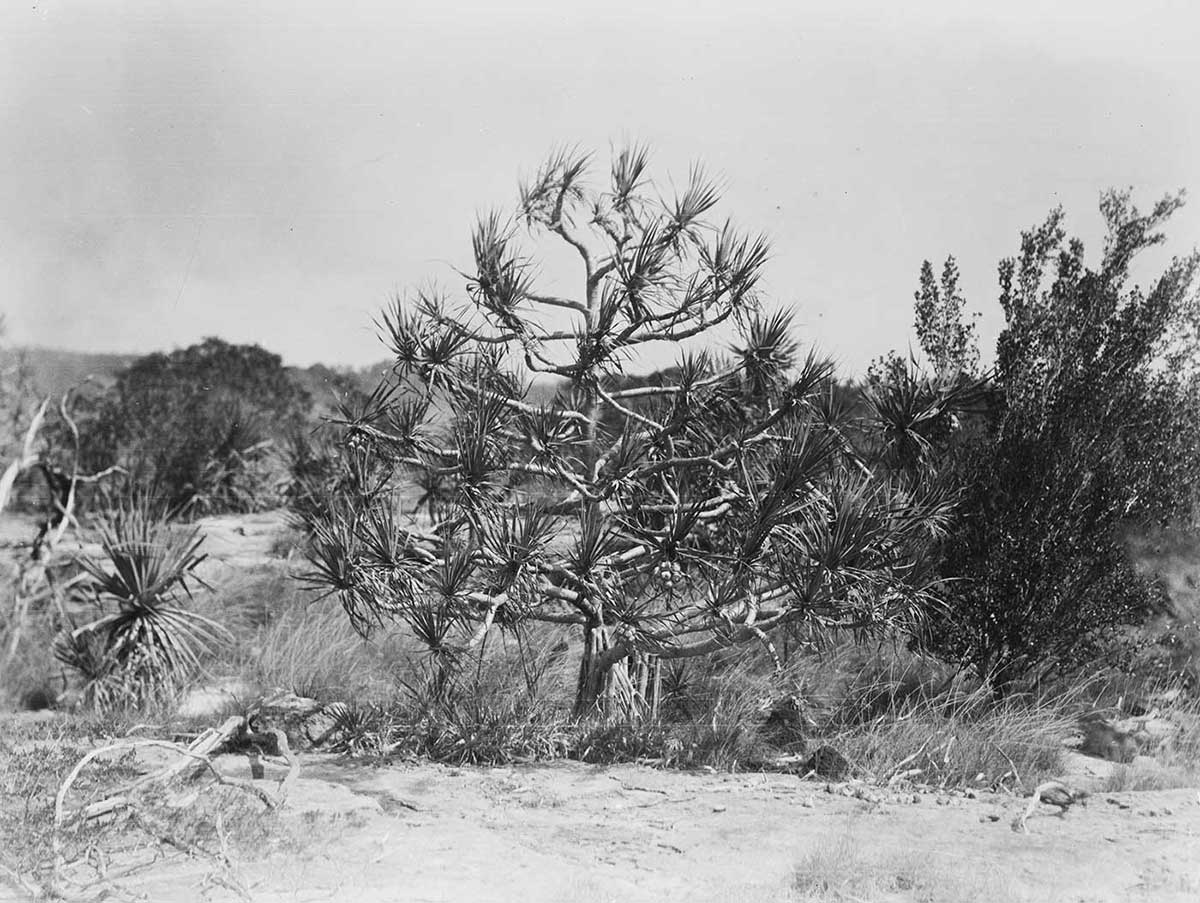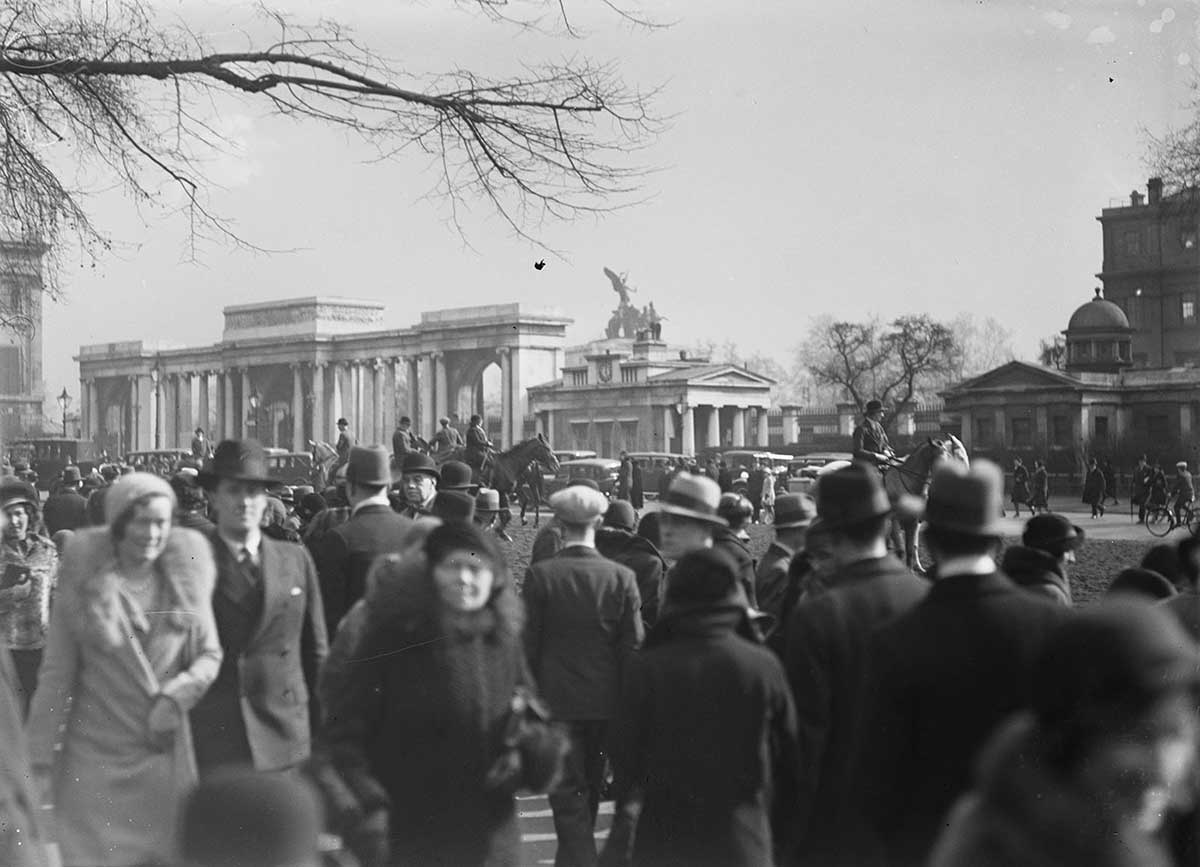Herbert Basedow – anthropologist, geologist, scientist, explorer and medical practitioner – was a remarkable Australian. He was renowned for the breadth of his work across central and northern Australia in the early decades of the twentieth century. His extensive knowledge of the country and his opinions were highly valued by scientists, politicians and businessmen of his era.
Part of his great legacy is the National Museum of Australia's collection of more than 2200 negatives created during his many expeditions in remote Australia. His photographs reveal his diverse interests and provide poignant reflections of expeditionary and frontier life – a window into a different time.
Basedow the man
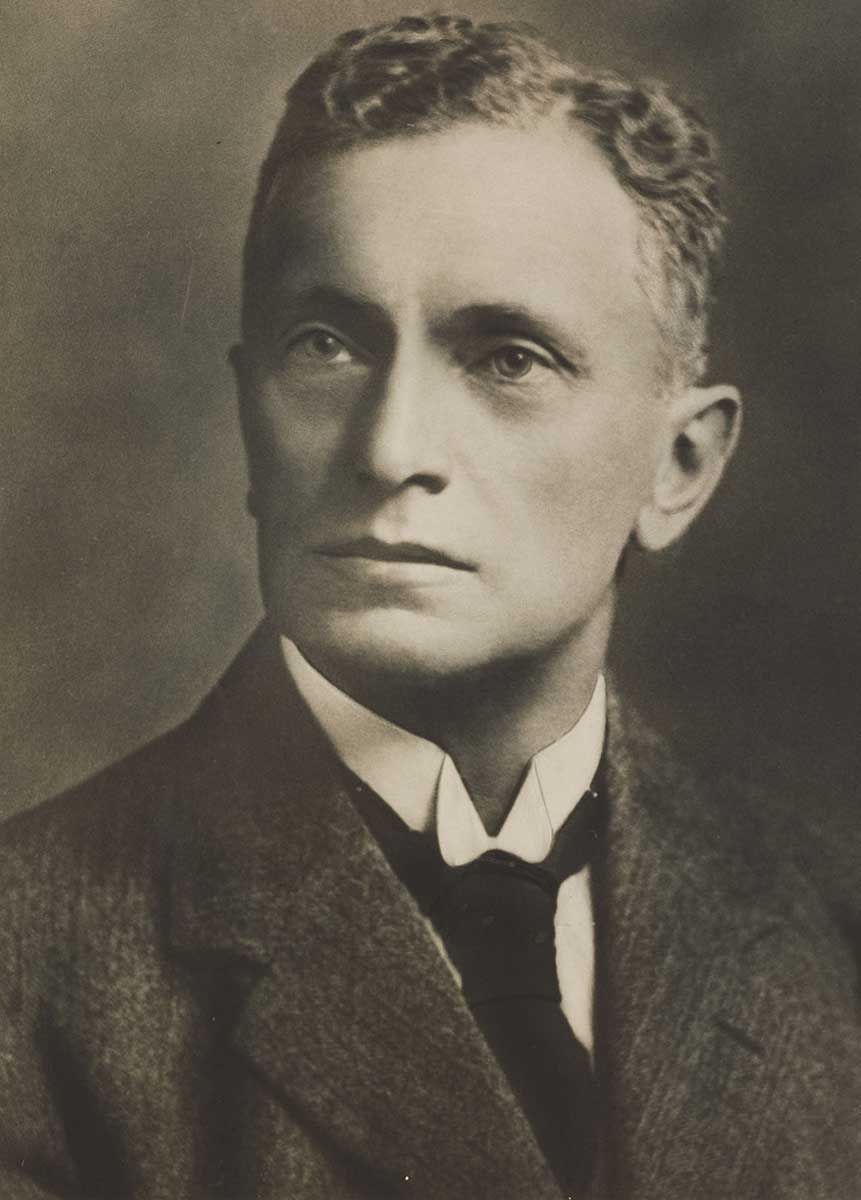
Herbert Basedow was born in 1881 in Adelaide to German-born parents. Gifted academically and artistically, he also excelled at sport and from a young age developed a passion for the natural world.
In 1902 he graduated with a Bachelor of Science degree from the University of Adelaide and later gained postgraduate qualifications in Europe.
For more than 25 years Basedow's working life was characterised by major geological, exploratory and medical relief expeditions to central and northern Australia. On the medical relief expeditions he was accompanied by his wife Nell, a nurse. He was appointed Assistant Government Geologist in 1910, and served briefly as the Commonwealth's Darwin-based Chief Protector of Aborigines in 1911.
Active in Aboriginal affairs, he campaigned vigorously to improve Aboriginal people's living standards. He maintained a high profile in scientific and business circles and gave popular public lectures on Aboriginal cultures and his travels.
Read more about Basedow the man
- Download Basedow the man1002.8 kb pdf [ PDF | 1002.8 kb ]
Basedow the scientist
Aboriginal culture were a particular passion, and Basedow was probably Australia’s first home-grown professional anthropologist. He often drew on his broad scientific and medical knowledge to inform his anthropological work.
Throughout his life Basedow published the results of his observations in the field. He presented his first paper, on local geology, to a scientific audience while still at university.
In 1925 he published his major anthropological work, The Australian Aboriginal, which brought together his observations on Aboriginal societies and was heavily illustrated with his own photographs.
Read more about Basedow the scientist
- Download Basedow the scientist1.3 mb pdf [ PDF | 1.3 mb ]
Basedow the photographer
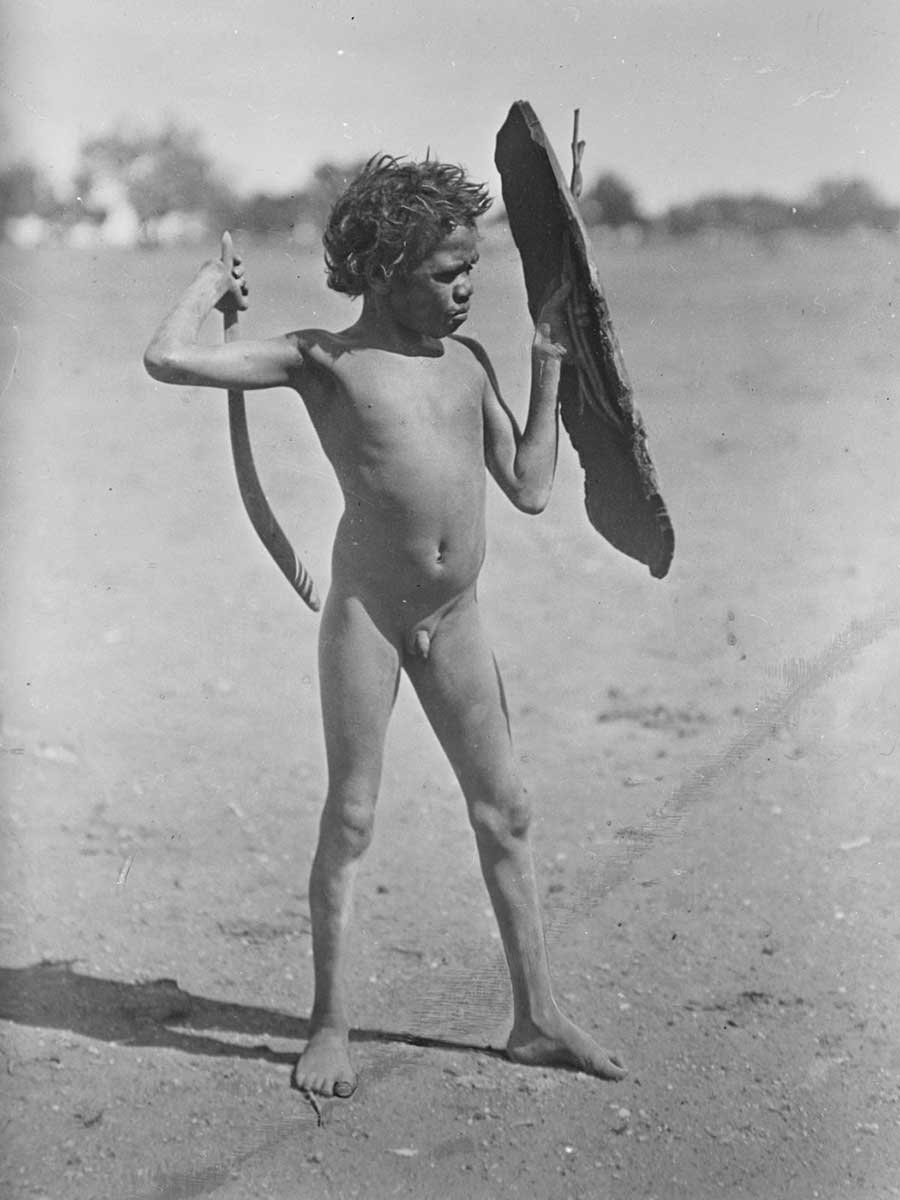
Herbert Basedow, like many travellers before him and since, used photography as a way of recording the people and places he encountered. But what sets Basedow apart is the range and diversity of the places he visited.
Basedow travelled to remote regions in central and northern Australia, to places rarely seen by Australians even today. He explored a wide range of often rugged and challenging terrains, from wetlands and desert landscapes to severely drought-stricken areas such as those he encountered in the north-east of South Australia.
For Basedow, photography was an invaluable tool for recording his scientific work and illustrating his public lectures and publications.
Aboriginal people feature prominently in the photographs taken by Basedow during his various expeditions such as the image of an Arrernte boy holding a toy shield. He clearly wanted to document Aboriginal cultures as they had been in pre-contact times and often went to some lengths to contrive such scenes.
His photographs also record non-Aboriginal peoples, homesteads, mining activities, plants, animals and geological outcrops, various family members and pets.
Read more about Basedow the photographer
- Download Basedow the photographer1.7 mb pdf [ PDF | 1.7 mb ]
Fellow adventurer Frank Feast
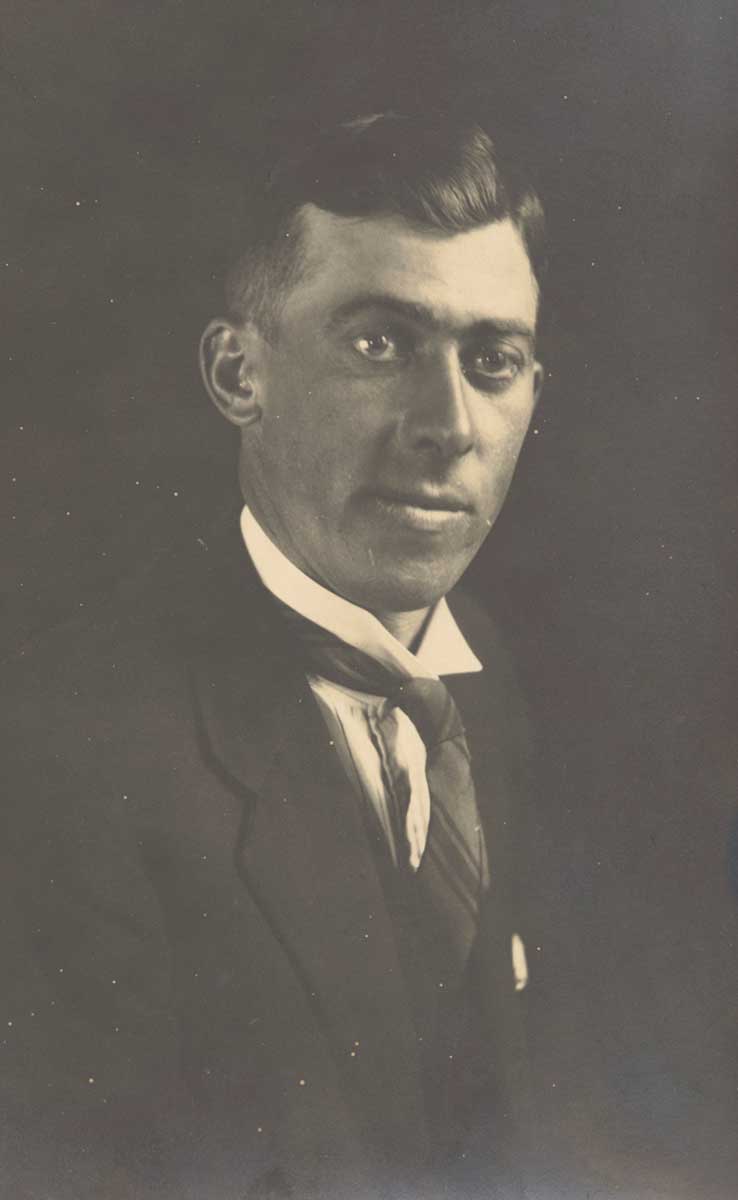
Herbert Basedow first met Frank Feast in 1919 while undertaking oil exploration work in the Mount Gambier area.
Basedow was impressed with the teenager’s bush skills and invited him to assist on the third medical relief expedition the following year. Feast gained his father’s approval and was charged £10 for the ‘privilege’ of joining the trip.
His aunts Alice and Louise gave him a Kodak camera to take with him. He also used this camera on Basedow’s 1922, 1926 and 1928 expeditions. His photographs provide rare glimpses of Basedow in the field. On the last three expeditions Feast also kept a journal.
The 17-year-old Feast was general camp assistant on the 1920 expedition, and served as cook and general assistant on the others. He had an adventurous spirit and continued to travel widely, later working in Africa, Fiji and Canada. Feast remained an avid traveller into his eighties. He died in 1996, aged 93.
Basedow a final voyage
Herbert and Nell Basedow travelled to England in late 1931 to raise capital for a mining venture. They travelled on the SS Port Auckland, with Basedow serving as the ship's surgeon.
Basedow took with him letters of introduction from Australia's Prime Minister and South Australia's acting Premier. While overseas he delivered lectures to learned societies and was entertained at the Houses of Parliament in London.
Returning to Adelaide, he was re-elected to state parliament in 1933, but died only a few months later on 4 June, his 15th wedding anniversary.
Despite being sought after as an expert on Aboriginal cultures, Basedow never achieved the same standing as many of his contemporaries. In his brief biography of Basedow, Ian Harmstorf observes, 'It was frequently said of him, after his early death, that he would have achieved greater eminence if he had not spread his remarkable talents so widely'.
Today his images record his great talent as a fieldworker – an explorer, observer and collector.
You may also like
References
Read the entry for Herbert Basedow by Ian Harmstorf, in the Australian Dictionary of Biography.
All PDFs are extracts from the publication A Different Time: The Expedition Photographs of Herbert Basedow 1903–1928. See more in Further reading.
